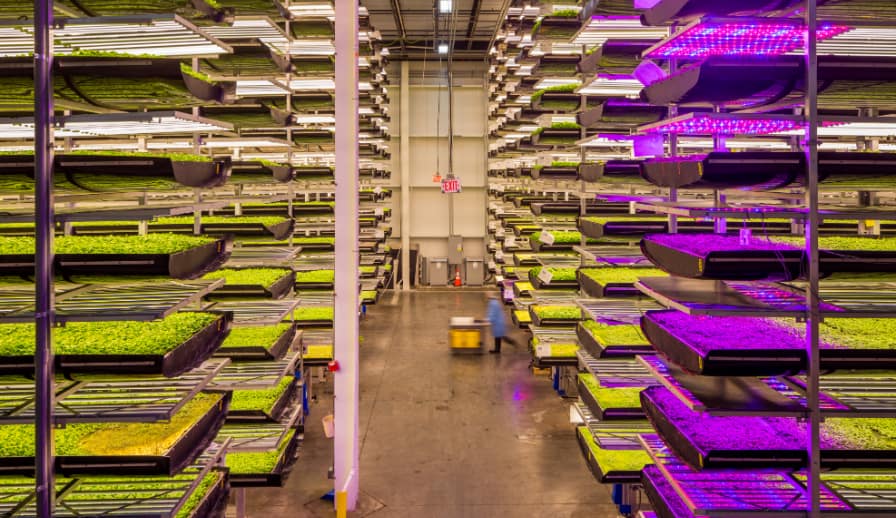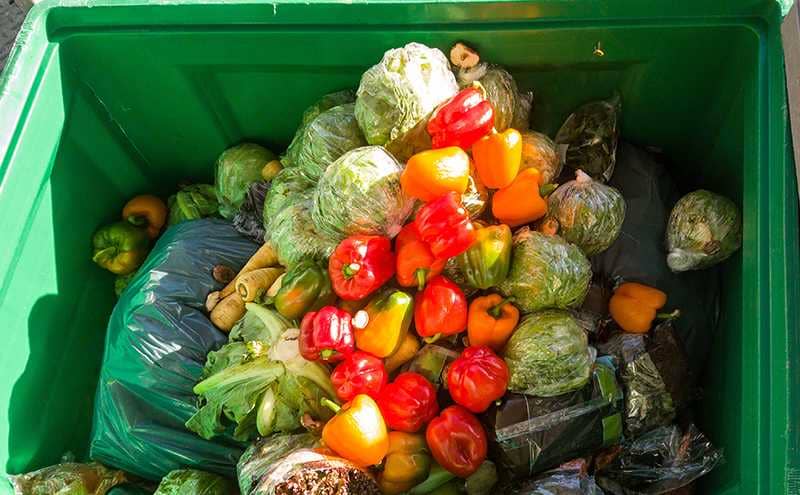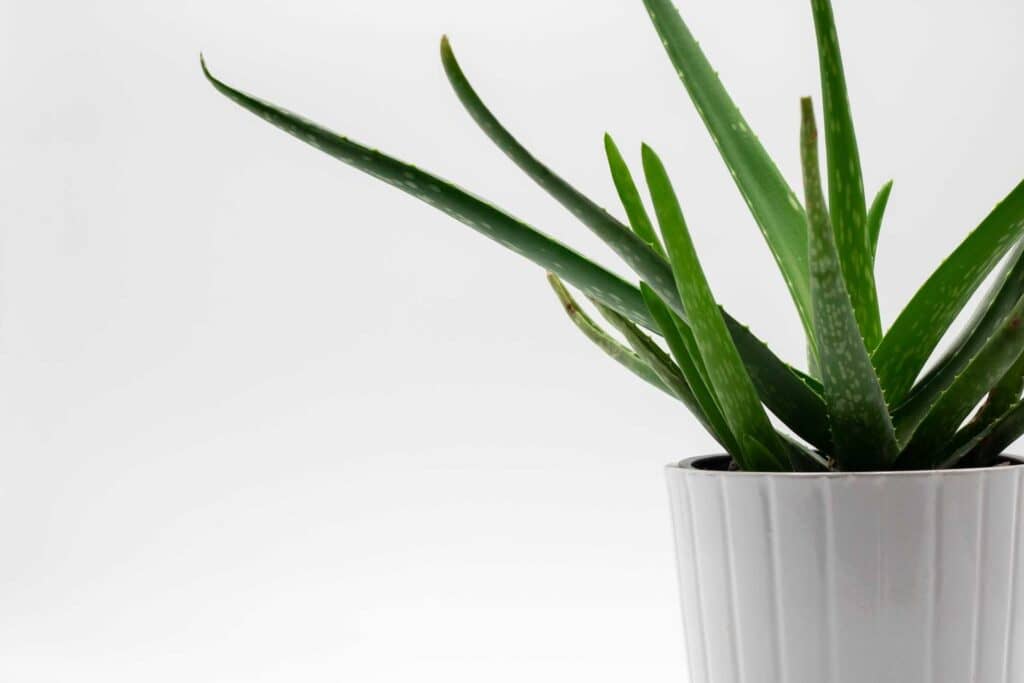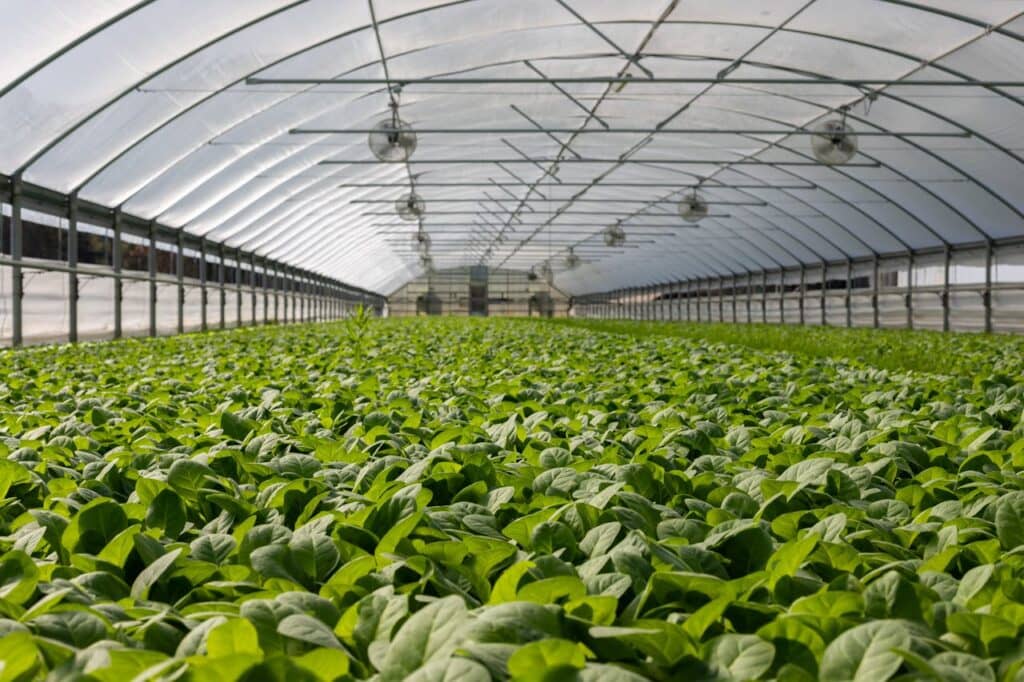Artificial LED lights in urban farming
Indoor vertical farming is on the rise and systems like vertical farms, hydroponics, aquaponics, recirculating aquaculture systems, greenhouses, and living space farming are mostly or wholly entirely done without the need of the sun. Thanks to technological developments and …
Artificial LED lights in urban farming Read More »






